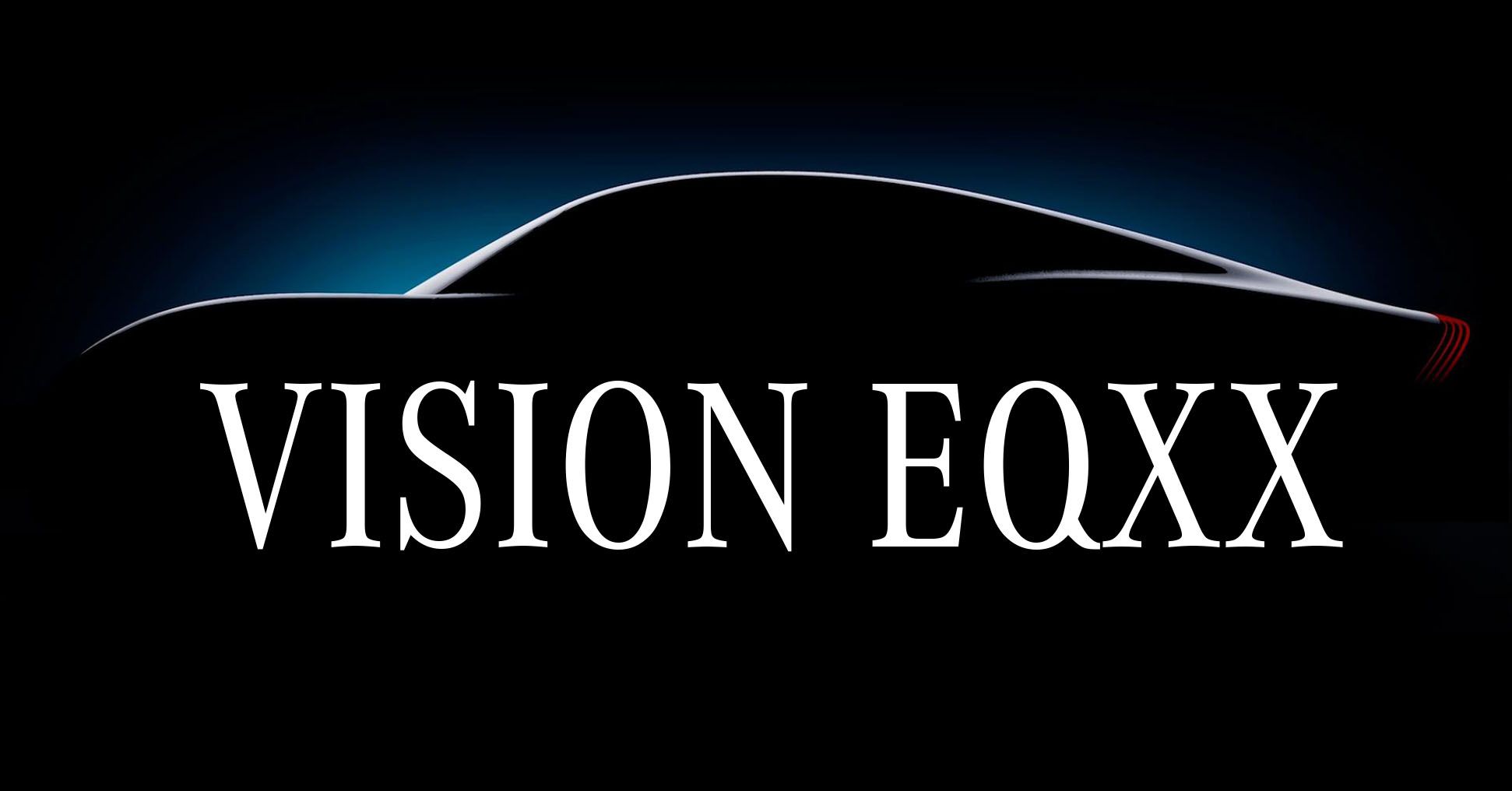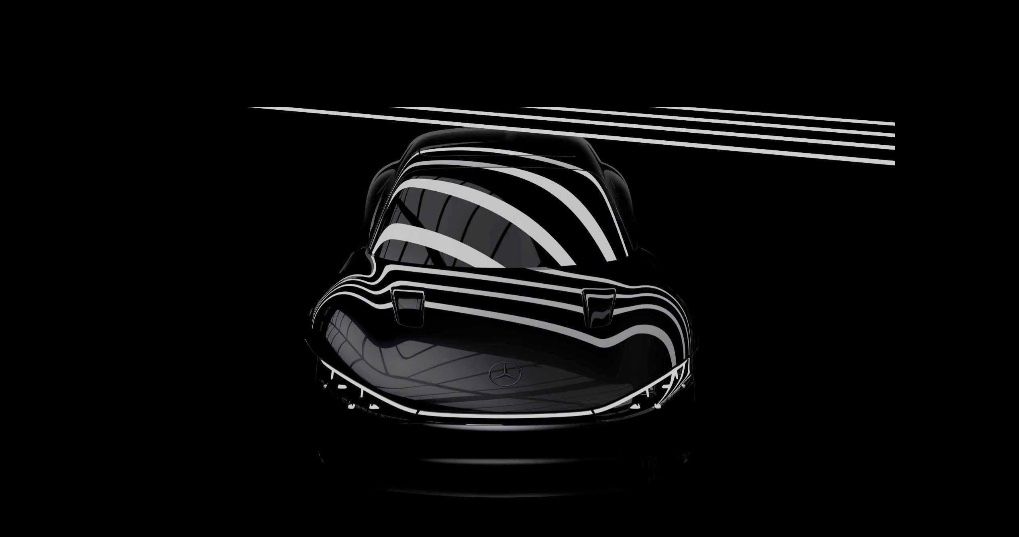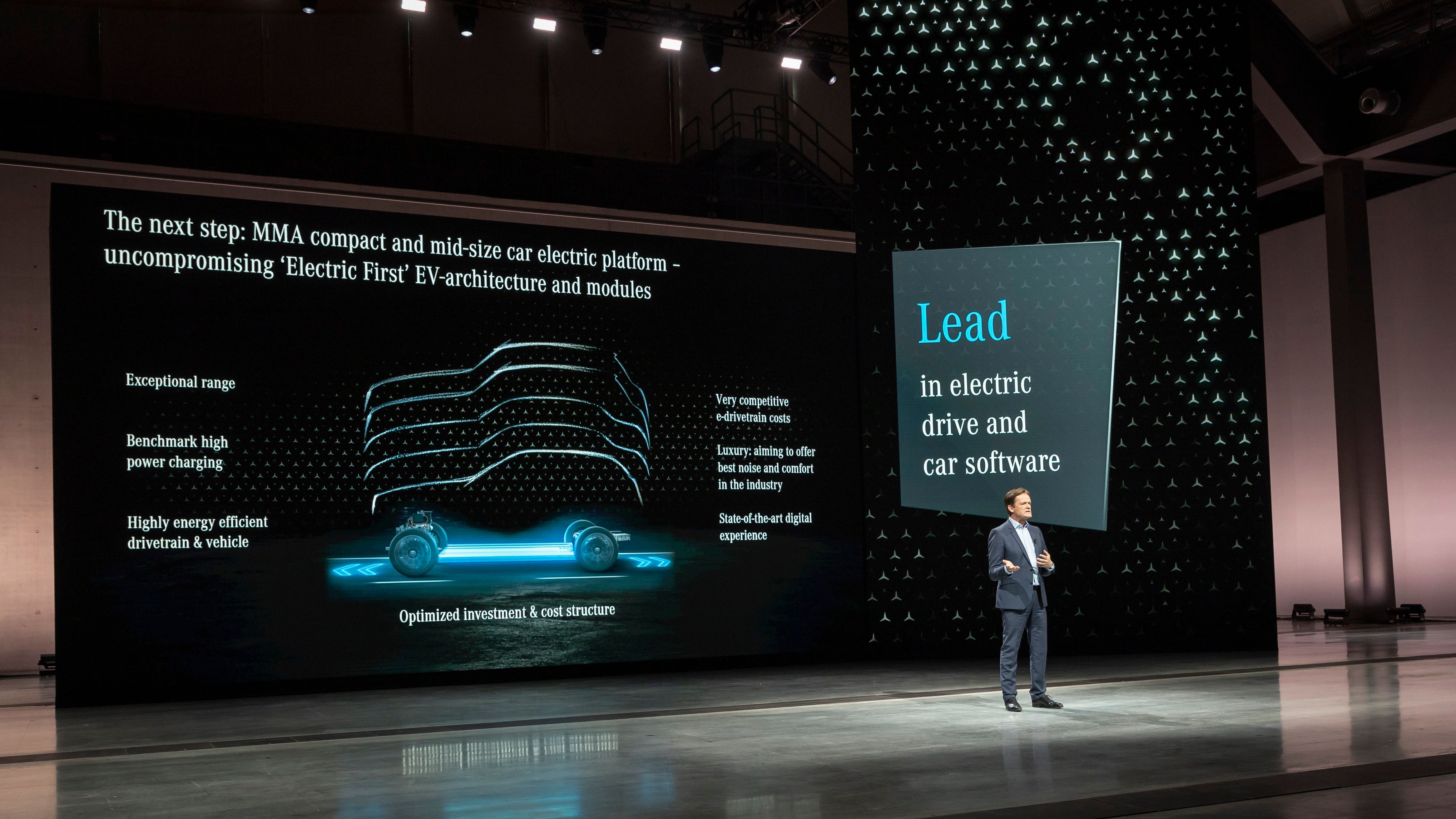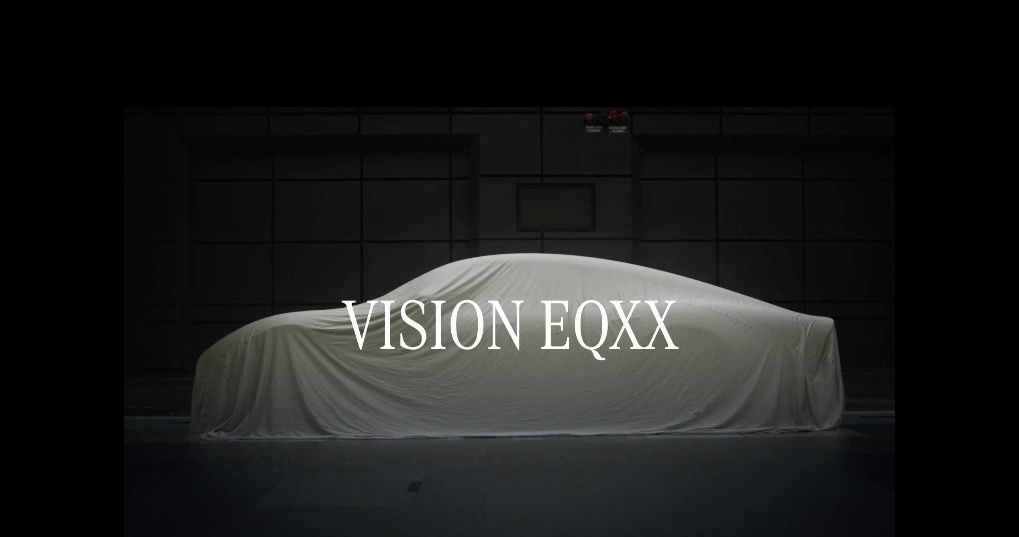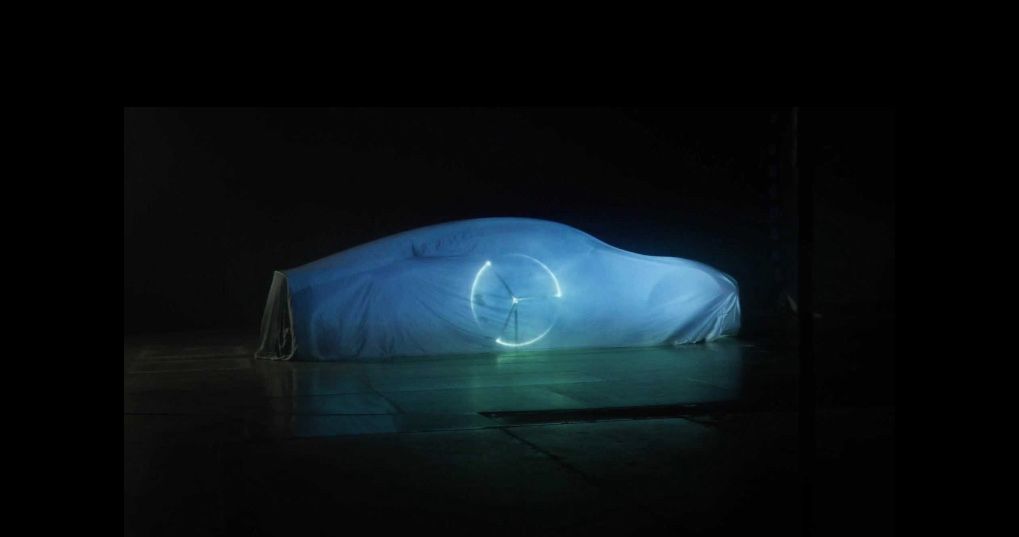Daimler is in pursuit to develop world's most energy-efficient electric car. The Mercedes Benz EQXX is expected to travel 6.2 miles on a single kWh of charge, beating the current-best Lucid Air's efficiency by over a mile. Their Mercedes Benz Formula 1 team, among others, has provided assistance in the development of their new flagship.
The German automaker gave us a taste of how they want to transition to electric, during the strategy day event for investors on October 6, last year. That transition strategy now has an update, along with a more in-depth look at the future and the much-hyped long-range flagship EQXX.
Mercedes' Development Director, Markus Schäfer, spoke about a 621-mile range on the EQXX, but he also underlined the car's exceptional efficiency.
Despite the fact that the EQXX is hiding under a cover, it is clear that Mercedes designers have designed the car to be quite hunkered, with a long, flat tail with the pursuit of the ultimate in aerodynamic efficiency. That speaks a lot about the projected Cd value that the EQXX will have.
For Schäfer, it is critical that the range isn't provided by larger and larger batteries. He adds "If that's the case, anyone could do it!”. Mercedes however, believes that efficiency will be the new currency by which e-mobility will be measured in the future.
Mercedes also mentioned permanently excited synchronous motors coupled to a two-speed gearbox and 800 volts of power as technological components for its future electric cars. It announced the acquiring of YASA, an electric motor and power electronics company based in the U.K. It specializes in axial flux motor technology.
The German automaker will have battery-electric solutions in all of the segments that the brand serves, and by 2025, customers will be able to select a pure EV option for every model in its product line-up. This also applies to our very powerful sub-brands like AMG.
The batteries that the German brand will deploy in its vehicles will have a high level of standardization. More than 90-percent of all future Mercedes-Benz vehicles will be built on a shared battery platform, which will rely heavily on motors developed in-house by Mercedes-Benz.
Daimler also plans to modify the chemistries within its next-gen batteries. In addition, the automaker is also actively collaborating with interesting start-ups to further investigate the solid-state chemistry used in batteries.
Mercedes is likely to use cells that employ a silicon anode in the concept car's battery technology. Schäfer acknowledged that the company is working "step by step" toward anodes built of the semiconductor material for production cars which will be done in collaboration with its cooperation partner, Sila.
To meet its ambitious target by the end of the decade, Mercedes-Benz requires more than 200 Gigawatt hours of capacity and the brand will build eight new Giga factoriesin collaboration with its global partners. Because of the advantages of scale and ongoing innovation currently underway in the EV space, the allocation of capital is shifting from EV-first to EV-only.
This is analogous to Audi's Artemis lighthouse project, which aims to put a "very efficient electric car" on the market in 2024. Artemis is being established as a quasi-separate organization within the Volkswagen Group to serve as a template for the development of electric cars.
Daimler, like Artemis, is forming a task group to design the future's most efficient and range-efficient electric cars. Mercedes has devised one architecture for (bigger) all-electric vehicles (EVA), launched a second for smaller electric cars (MMA), and added three more e-platforms beginning in 2025 for its EQ sub-brand. However, this is insufficient to compensate for the technological gap with manufacturers such as Tesla, which has built EVs right from the start.
Coming back to the EQXX, the development team at Mercedes is collaborating with their Formula 1 team, which has long had to cope with electric powertrains due to the KERS hybrid system in Formula 1 and Formula E. Perhaps, the Mercedes EQXX shape in the first sketch resembles a stretched AMG Project One.
It is irrelevant whether the engagement of the Formula 1 team serves the traditional marketing cliché of technological transfer from motorsport. In any event, the rate of development from there should be beneficial.
On the manufacturing front, all passenger car and battery assembly plants will be closed transition to carbon-neutral manufacturing by 2022, and non-BEV investments will be drastically reduced. Mercedes-Benz has a target of reaching 100-percent BEV adoption by the end of the decade.

